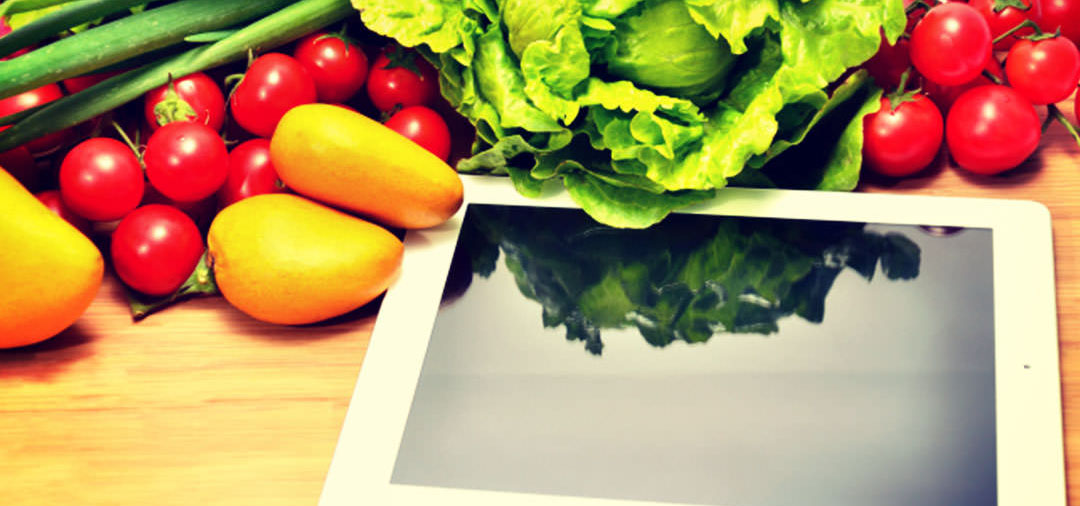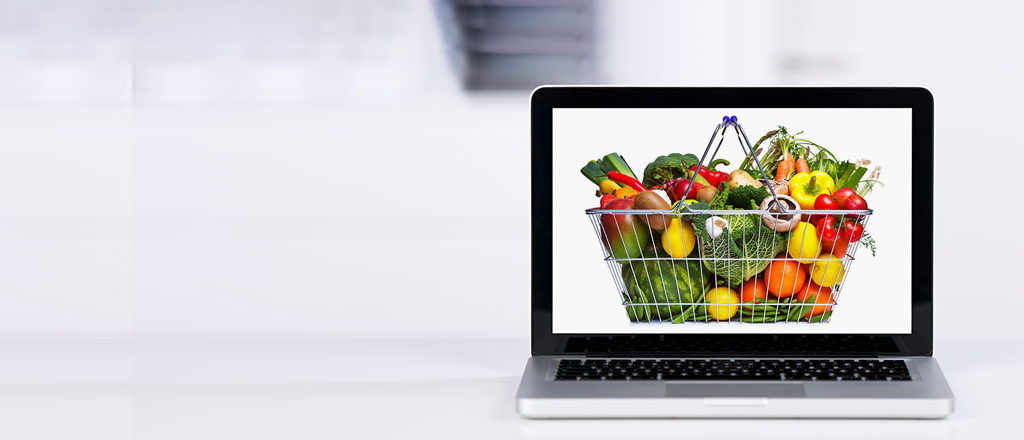About the Client
Founded in 2011 with the mission of giving consumers a better way to shop for groceries, the e-tailer is
committed to offering competitive pricing and an unbeatable selection. With over 18,000 products and
over a 1000 brands in their catalogue, right from fresh Fruits and Vegetables, Spices and Seasonings to
Packaged products, Beverages, Personal care products, Meats – they have it all. They have grown slowly
and steadily year-over-year, with negligible discounts and a strong business model. The e-tailer today
boasts of over 8 million registered customers, 2 million transacting customers and sales of over $30M
per month.
Their core competency in analytics and data-driven marketing has played a big role in driving company
growth, because they’re able to create one-to-one personalized interactions based on the customer
profiles and, as a result, deliver significant value to their customers.
Business Challenges Faced
In 2014, as the company was scaling its next phase of growth, it started investing heavily in marketing
while maintaining a strong retention strategy with expanding marketing outreach on all channels like
Email, SMS, Website, App, Social and display. While they heavily invested on display ads for acquiring
new customers but were relying on Email, SMS and App push notifications for running their retention
campaigns.
Email campaigns were generating moderate ROI posing challenges like very low CTR of ~2-3%, high
bounce rates etc. SMS campaigns were quite costly posing similar challenges like low opt-in rates. App
push notifications turned out to be least costly and the most efficient channel with highest ROI,
contributing directly to about ~10% of their overall revenue. A survey conducted on their consumer base
also showed that 52% of them find push notifications as an efficient way of receiving brand
communication.
Their Chief Marketing Officer decided to put a strong focus on the mobile app marketing and decided to
run marketing programs that encourage the existing customers to download their app by incentivizing
them with strong offers. Within no time, they were able to see an exponential growth in App downloads
and started diverting all their SMS campaigns to App push.
But, they soon realized that more than 50% of the mobile devices were not receiving the campaigns,
which directly translates to lost opportunity to almost double the revenue directly attributable to
mobile app notifications. The CMO realized that if App marketing strategy was properly implemented, it
can potentially contribute to 16% of the overall revenue of the company.

Solution
The CMO approached Gamooga, the existing vendor for Marketing Automation, to propose a solution
for amplifying the performance of the mobile App marketing. Our consulting team analyzed the entire
conversion funnel and observed that the push notifications are actually not getting delivered on certain
android mobile devices like OnePlus, Xiaomi, Redmi, Oppo, Vivo etc. which are Chinese manufactured.
The share of these devices was 53% in the e-tailer’s target geography. Our consulting team also found
that more than 50% of their user base is on Android devices which rely on Google FCM (Firebase Cloud
Messaging) to send push notifications. Though FCM is currently the most used service to deliver push
notifications, it has its limitations and is proving to be unreliable. It has to maintain persistent
connection with the App to send the push notifications in realtime.
The OS of these mobile devices are however designed to frequently disconnect all background
connections including FCM for saving battery and other optimizations. Hence the push delivery on these
devices was impacted.
Gamooga proposed a POC with its new platform, PushAmplify (PA), an alternative service to FCM. It
overcomes all the limitations of FCM and delivers pushes reliably on all the devices irrespective of the
device type. The CMO instructed their engineering team to initially test the service on a few devices on
which the push was not being received previously. They embedded PushAmplify SDK on their test
devices and observed that all the pushes are being delivered reliably without failure.
Gamooga Impact
Initially, 30% of their apps updated the SDK in a week’s time to whom the push notifications were sent
using both FCM and PA separately. The rest of the 70% devices also got updated with the new
PushAmplify SDK in another 3 weeks’ time. Throughout the roll-out period, they actively compared the
delivery rate of FCM VS PA and found that FCM delivery rate is ~55% whereas PA is able to send to 92%
of the devices. They were sending 30 million push notifications every month driving $2.5 Mn in monthly
revenue with ~55% delivery rate and this accounted for 9% of their total revenue. With PushAmplify, the
same campaigns are now generating 50% more revenue which was presented to the CMO in the form of
the following dashboard. Here are few results we were able to achieve for them -
• Completed SDK implementation in a day’s time!
• Push delivery rate improved beyond 80%
• Achieved 50% monthly revenue growth from push notifications
• Improved mobile retention upto 10X
• Created comprehensive funnel visibility that ties revenue to campaign, device and the channel
source



